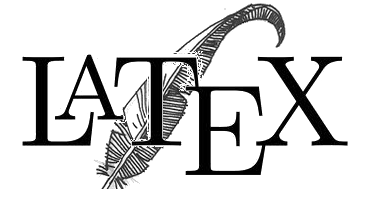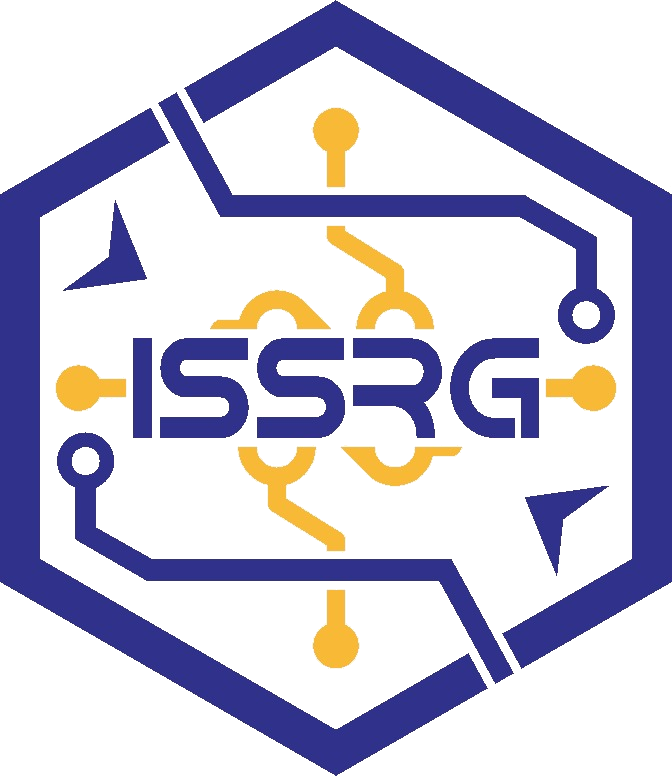Price Intelligence Using K-Means Clustering and Linear Regression, Case Study of Store Dk Nutritionindo at Tokopedia
Abstract
The ability to find the right price recommendation will determine the fate of product sales in the market. This is necessary to prevent whey concentrate products from being sold in the market and to avoid customers fleeing or switching to other competitors. This study uses a price intelligence approach using the k-means clustering method for price grouping based on the closest competitor and demand forecasting using linear regression to determine fair and competitive prices. The results of the k-means clustering price of 145000 from dk nutritionindo are included in C4. The closest competitor has 7 prices cheaper and 5 prices more expensive. The highest price is 495000 and the lowest price is 90000. The results of the 26th month to 33rd month demand forecasting have 2 graphs up and 6 graphs down. Forecasting confusion matrix test produces 62.5% accuracy, 75% precision, 60% recall. With MAPE = 28.95% according to Lewis (1982) then the influence of forecasting is declared feasible (good enough). Because the trend chart illustrates a decline, it is recommended that the shop lowers the price with a recommended price range from 135000 to 90000.
Full Text:
PDFDOI: http://dx.doi.org/10.26798/jiss.v1i1.602
Article Metrics
Abstract view : 796 timesPDF - 664 times
Refbacks
- There are currently no refbacks.
Copyright (c) 2022 Arma
This work is licensed under a Creative Commons Attribution-ShareAlike 4.0 International License.
- https://jurnal.narotama.ac.id/
- https://www.spb.gba.gov.ar/campus/
- https://revistas.unsaac.edu.pe/
- https://proceeding.unmuhjember.ac.id/
- https://ejournal.uki.ac.id/
- https://random.polindra.ac.id/
- https://scholar.ummetro.ac.id/
- https://ejournal.uika-bogor.ac.id/
- https://www.iejee.com/
- https://e-journal.iainptk.ac.id/
- https://journal.stitpemalang.ac.id/
- https://revistas.unimagdalena.edu.co/
- https://catalogue.cc-trieves.fr/
- https://revistas.tec.ac.cr/
- https://jurnal.poltekapp.ac.id/
- https://ojs.ucp.edu.ar/
- https://ihcway.sakura.ne.jp/
- http://www.apps.buap.mx/
- http://media-ojs.vls.icm.edu.pl/
- https://saber.unioeste.br/
- https://cinnda.org/
- https://jurnal.untidar.ac.id/
- https://ojs.adzkia.ac.id/
- https://supp.journalrmc.com/
- https://journal.thamrin.ac.id/
- https://ejurnal.unima.ac.id/
- https://journal.umpalopo.ac.id/
- https://ejournal.upnvj.ac.id/
- https://journal.ittelkom-pwt.ac.id/
- https://ojs.unpatompo.ac.id/
- https://jurnal.staim-probolinggo.ac.id/
- https://jurnal.ppi.ac.id/
- https://revistas.urp.edu.pe/


1.png)



